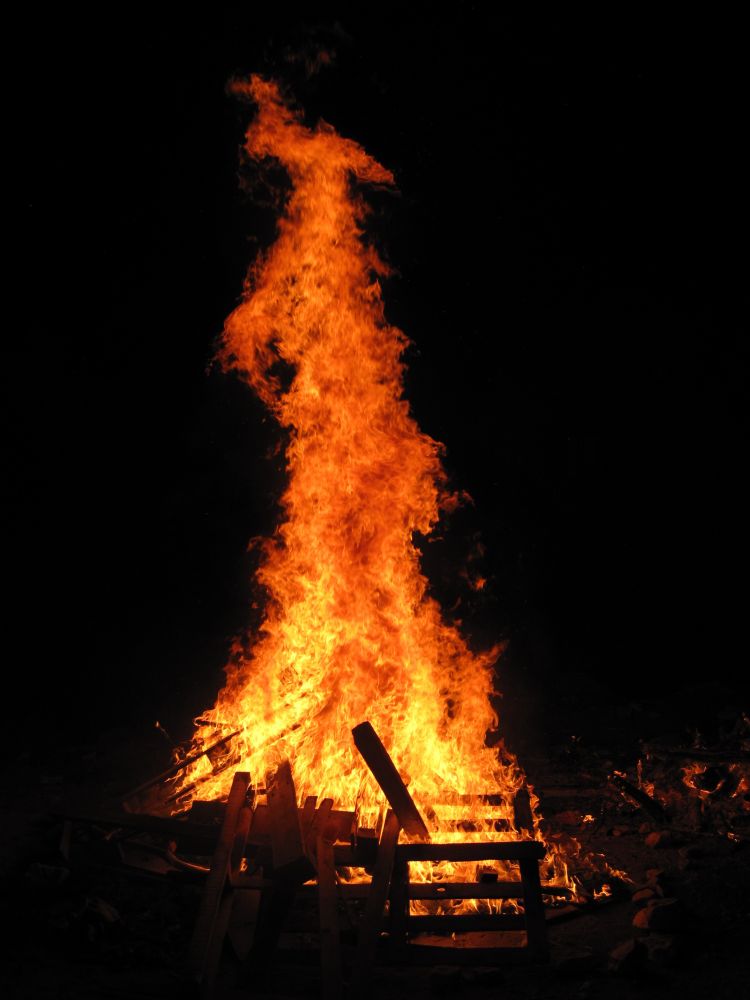- News
- Events
- Oneg Shabbat
- Collections
- Research
- Exhibitions
- Education
- Publishing Department
- Genealogy
- About the Institute
- Bookstore


Forty-nine days (seven weeks) between Pesach and Shavuot are a period of dignity and semi-mourning. It is a time to commemorate a plague during which 24,000 disciples of Rabbi Akiva, the most renowned thinker and theologian (2nd century) are believed to have died. In the time of the Omer, any kind of entertainment is forbidden due to the commemoration. The only day in which the mourning is lifted is the 33th Day. According to a legend, the killer epidemic stopped on that day. Traditionally, it is a day of weddings (which is believed to bring luck to the married couples), cutting hair is allowed, day trips, picnics and outdoor parties are organized for children. The festival includes also reenactments of the war with the Romans in historical costumes, with swords and shields, as well as archery competitions. The day usually ends with social meetings around bonfires.
According to another tradition, on this day God had send manna to the Jews travelling through the desert towards the Promised Land and the festival commemorates this event. The liturgy during the festival is standard, as for any other day, aside from the Tachanun prayer. Cheder students were traditionally off school on this day – instead, they were taking part in „playfights” using bows and arrows, and later – dummy weapons. Children were sometimes taking trips. This custom referred to yet another tradition, according to which the genesis of the festival was the victory of the Bar Kokhba forces after a period of defeats. The Makkabi sports organization related to this thread by announcing Lag ba-Omer the day of Jewish sport.
Sources:
Kaja Wieczorek, Lag ba-Omer [w:] Cykl życia. Święta i obrzędy Żydów polskich, red. Paweł Fijałkowski, Wyd. ŻIH
http://www.jhi.pl/psj/Lag_ba-Omer